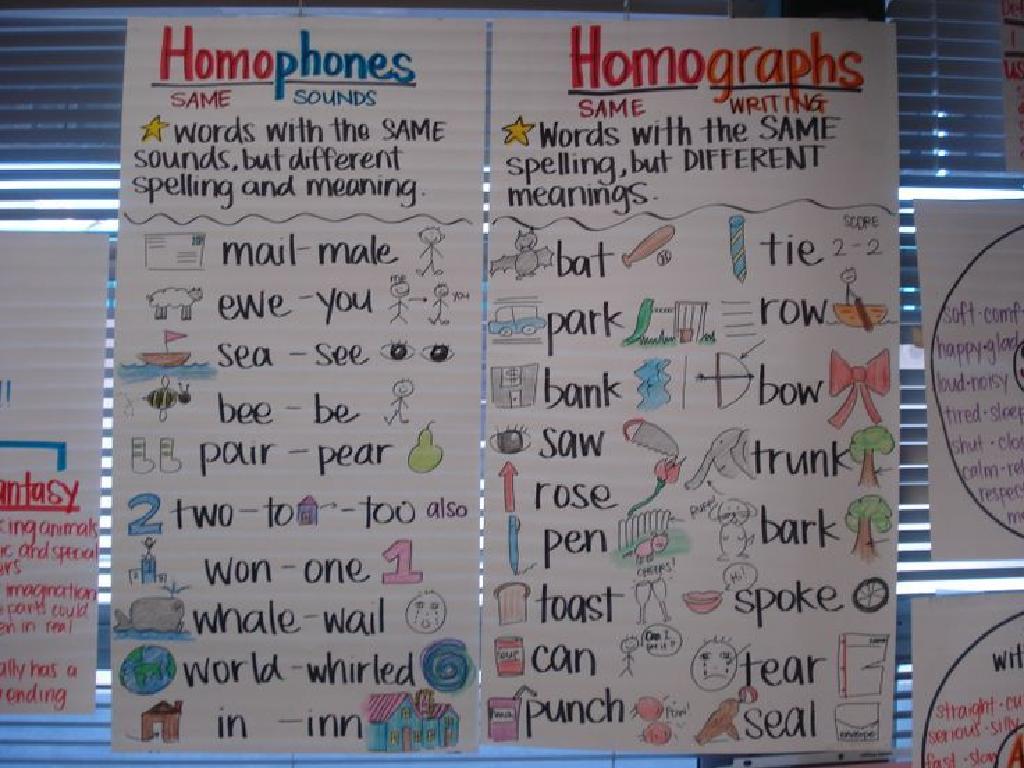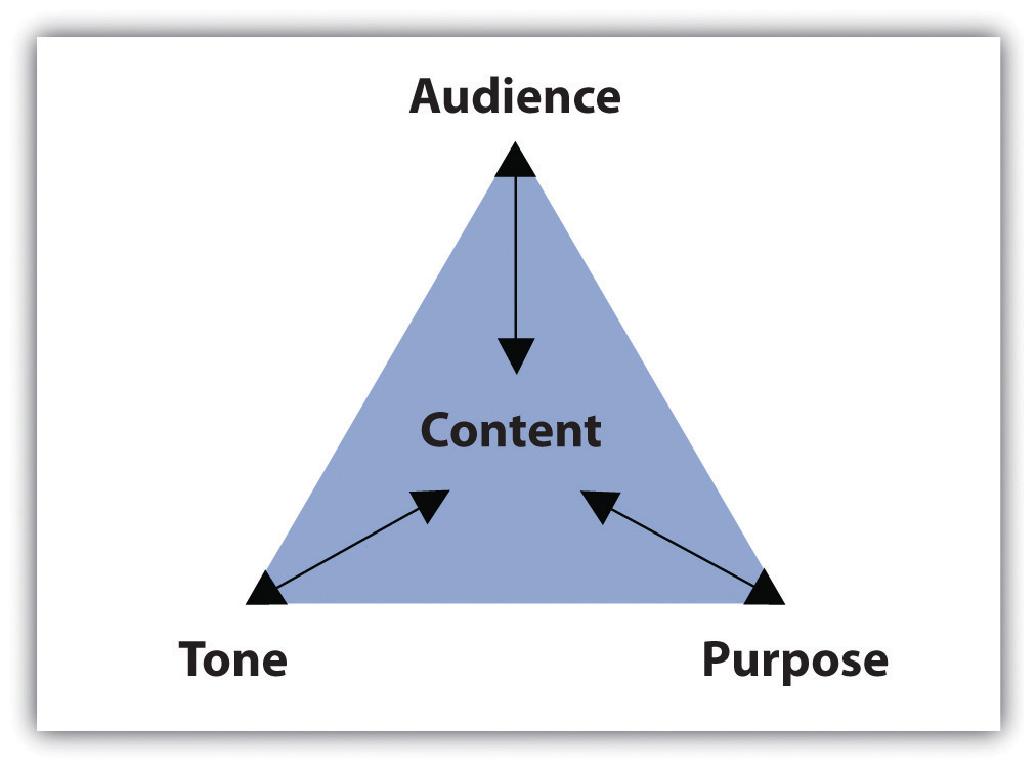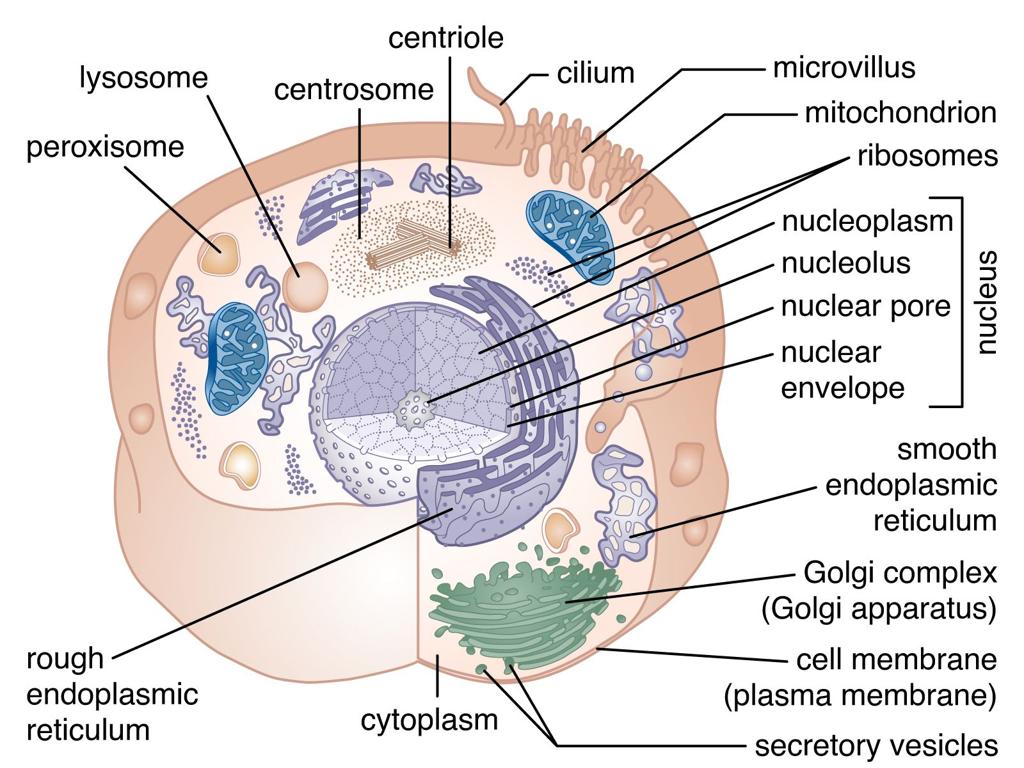Greetings And Closings Of Letters
Subject: Language arts
Grade: Third grade
Topic: Formatting
Please LOG IN to download the presentation. Access is available to registered users only.
View More Content
Welcome to Letter Writing!
– Importance of letter formatting
– Formatting makes our letters polite and easy to read.
– Discovering letter parts
– Every letter has a greeting, body, and closing.
– Greetings in letters
– ‘Dear’ or ‘Hello’ are common ways to start a letter.
– Closings in letters
– ‘Sincerely’ or ‘Best wishes’ are nice ways to end a letter.
|
This slide introduces students to the basics of letter writing, emphasizing the importance of formatting. Explain that formatting helps make letters clear and shows respect to the reader. Break down the parts of a letter: the greeting, body, and closing. Provide examples of common greetings and closings, and discuss when to use each one. Encourage students to think about how they feel when they receive a well-formatted letter. This will set the foundation for them to write their own letters and understand the significance of each part.
The Art of Letter Writing
– What is a letter?
– A written way to talk to someone else
– Types: Formal & Informal
– Formal letters are for official matters, informal for friends and family
– Parts of a letter
– Greeting, body, closing, and signature
– Letter structure
– Letters start with a greeting and end with a closing
|
This slide introduces students to the concept of letter writing, an important communication skill. Begin by explaining that a letter is a way to share messages and information with others when we can’t talk in person. Highlight the difference between formal letters, which might be sent to a business or a principal, and informal letters, which we might write to a friend or family member. Discuss the essential parts of a letter, including the greeting, body, closing, and signature. Emphasize the structure of a letter, starting with a greeting like ‘Dear’ and ending with a closing such as ‘Sincerely’ or ‘Best wishes,’ followed by a signature. Use examples to illustrate each part and encourage students to think of times they have received or could send letters.
Letter Writing: Greetings and Closings
– Heading: Your address & date
– It’s like the top of your letter where you write where you live and what day it is.
– Greeting: Starting your letter
– It’s the ‘Hello’ part, like ‘Dear’ followed by the person’s name or title.
– Body: Main message content
– This is where you write what you want to say to the person you’re writing to.
– Closing: Ending your letter
– It’s the ‘Goodbye’ part, like ‘Sincerely’ or ‘Best wishes’, before you end your letter.
– Signature: Your name
– Don’t forget to write your name at the end so they know who it’s from!
|
This slide introduces the five parts of a letter to help students understand the format and structure of letter writing. Emphasize the importance of each part: the heading provides essential information about when and where the letter is from; the greeting is a polite way to address the recipient; the body is the core of the letter where thoughts and information are conveyed; the closing is a courteous way to signal the end of the letter; and the signature personalizes it. Encourage students to practice writing each part and to think about how each section contributes to clear and polite communication.
Greetings in Letters: Saying Hello!
– What is a greeting or salutation?
– It’s the way we start a letter and address the reader
– Greetings say ‘hello’ in letters
– Common greetings: ‘Dear’, ‘Hello’, ‘Hi’
– ‘Dear’ is formal, ‘Hello’ and ‘Hi’ are more casual
– Choosing the right greeting
– Think about who you’re writing to: a friend or a teacher?
|
This slide introduces students to the concept of greetings in letters, emphasizing the importance of the salutation as the starting point of correspondence. Explain that the greeting sets the tone for the letter and can be formal or informal depending on the recipient. Provide examples of different greetings and discuss when it is appropriate to use each one. For instance, ‘Dear’ might be used for teachers or adults, while ‘Hello’ or ‘Hi’ could be for friends. Encourage students to think about who they are writing to when they choose their greeting. You can also have them practice writing different greetings for various scenarios as a class activity.
Choosing the Right Greeting for Letters
– ‘Dear’ for formal letters
– Use ‘Dear’ when writing to teachers or adults.
– ‘Hello’ or ‘Hi’ for friends
– ‘Hello’ or ‘Hi’ are great for letters to your classmates.
– Include recipient’s name
– Always say who you are writing to, like ‘Dear Mrs. Smith,’.
– Practice writing greetings
|
This slide is aimed at teaching third-grade students how to start their letters appropriately. ‘Dear’ is a traditional and respectful way to begin a formal letter, suitable for addressing teachers, relatives, or in any official correspondence. For less formal letters, such as those to friends or peers, ‘Hello’ or ‘Hi’ can be used to create a friendly tone. It’s important to always use the recipient’s name after the greeting to make it personal and direct. As an activity, students can practice writing different types of greetings for various scenarios. For example, writing a letter to a principal would start with ‘Dear Principal [Last Name],’ while a letter to a friend could start with ‘Hi [Friend’s Name]!’
Letter Closings: Saying Goodbye in Style
– Understanding letter closings
– It’s like a goodbye hug in words at the end of a letter.
– Where to place the closing
– Always comes just before where you write your name.
– Common closing examples
– ‘Sincerely’, ‘Best wishes’, ‘Your friend’ are a few ways to end a letter.
– Practice writing your own
– Try to create a closing that shows your personality!
|
This slide introduces students to the concept of closings in letters, which is an important part of letter formatting. Explain that the closing is the part of the letter where you say goodbye or end the letter in a polite and friendly way. It’s the last impression you leave with the reader. Show them that the closing comes right before the signature at the end of the letter. Provide examples of common closings and encourage students to think of their own. In the next class, have students practice writing closings for different types of letters, such as a thank you note, a letter to a friend, or a formal letter.
Choosing the Right Letter Closing
– ‘Sincerely’ for formal letters
– Use this for letters to teachers or business letters.
– ‘Best wishes’ or ‘Your friend’ for casual letters
– These are good for letters to friends or family.
– End with a comma before signing
– Practice writing closings
– Let’s write some examples together!
|
This slide aims to teach students about the appropriate closings for different types of letters. ‘Sincerely’ is a standard closing for formal correspondence, such as a letter to a principal or a company. For less formal letters, like those to friends or relatives, ‘Best wishes’ or ‘Your friend’ are suitable and convey a warm, personal touch. Remind students to always place a comma after the closing phrase, followed by their signature. To reinforce this lesson, have students practice writing closings for both formal and informal letters. This exercise will help them understand the context in which each type of closing is appropriate.
Activity: Write Your Own Letter!
– Let’s practice writing letters
– Choose a recipient for your letter
– Could be a friend, family, or even Spider-Man!
– Use proper greetings and closings
– Start with ‘Dear’ and end with ‘Sincerely’
– We’ll share our letters in class
|
This activity is designed to help students apply their knowledge of letter formatting in a fun and engaging way. Encourage them to think creatively about who they want to write to. It could be someone they know, like a family member or a friend, or even a favorite fictional character. Remind them to start their letter with a greeting, such as ‘Dear [Name],’ and to conclude with a closing, like ‘Sincerely’ or ‘Best wishes,’ followed by their name. Once they have written their letters, organize a sharing session where students can read their letters aloud or exchange them with classmates. This will not only help them practice public speaking but also give them a chance to see the variety of greetings and closings used by their peers. Provide support and guidance as needed, especially for students who may be struggling with what to write.






